FMCW Radar Design
Contents
Preface
Acknowledgments
Part 1 Fundamentals of Low Probability of Intercept (LPI) Radar Design
Chapter 1
The Advent of FMCW Radars
1.1 The Need for Stealth
1.2 The Basic Requirements for LPI Capability
1.3 Pseudo-LPI Radars
1.4 CW Transmissions
1.5 Radar Detection Range and Interception Range
1.6 Radar Intercept Range
1.7 Commercial LPI Radars: “Squire” Battlefield Surveillance LPI Radar
1.8 Miscellaneous Uses of LPI Radars
1.8.1 Altimeters
1.8.2 Landing Systems
1.8.3 Train Radars
1.9 A Survey of This Book
References
Chapter 2
FMCW Waveform
2.1 Introduction
2.2 FMCW
2.3 LFM Waveforms
2.4 Linear Sawtooth FMCW
2.4.1 LFM Waveform
2.5 Linear Triangular FMCW
2.5.1 One Target
2.5.2 Two Targets
2.6 Segmented Linear FMCW
2.7 Derivation of the Swept Bandwidth
2.8 Calculating the Range
2.9 Matched Filter
2.10 Storing a Replica
2.11 Time-Bandwidth Product
2.12 Waveform Compression
2.12.1 LFM Waveform Compression
2.12.2 Correlation Processor
2.12.3 Stretch Processor
2.13 Sidelobes and Weighting for Linear FM Systems
2.14 Basic Equations of FMCW Radars
2.14.1 FMCW Equation
2.15 FMCW Radar Range Equation Revisited
2.16 Effect of Sweep Time on Range Resolution
2.17 Concept of Instrumented Range
2.18 Nonlinearity in FM Waveforms
2.19 Coherent Processing Interval
2.20 Summary
References
Chapter 3
The Radar Ambiguity Function
3.1 Introduction
3.2 Examples of Ambiguity Functions
3.2.1 Single-Frequency Pulse
3.2.2 Linear FM Pulse
3.3 Range-Doppler Coupling
3.4 Phase-Coded Signals
References
Chapter 4
Noise in Radar Receivers
4.1 Introduction
4.2 Noise Characterization
4.2.1 Fundamentals
4.2.2 Noise Bandwidth
4.3 Sources of Noise
4.3.1 Thermal Noise
4.3.2 Resistor Noise Characteristics
4.3.3 Shot Noise
4.3.4 Flicker Noise
4.3.5 White Noise
4.3.6 Phase Noise
4.3.7 Avalanche Noise
4.3.8 Burst Noise
4.4 Noise Figure
4.5 Effective Noise Temperature
4.6 The Noise Figure of Multistage Systems
4.7 Noise Figure of Other Devices
4.8 Noise Reduction Strategies
4.9 Noise Figure Measurement
4.9.1 Gain Method
4.9.2 Y-Factor Method
4.9.3 Noise Figure Meter
4.10 Summary
References
Chapter 5
Radar Detection
5.1 Introduction
5.2 The Detection Problem
5.2.1 Neyman-Pearson Theorem
5.3 Noise Probability Density Functions
5.4 Probability of False Alarm
5.5 Probability of Detection
5.6 The Matched Filter
5.7 Matched Filter in Colored Noise
5.8 The Correlation Receiver
5.9 Fluctuating Targets
5.10 Integration of Pulses
5.10.1 Coherent Integration
5.10.2 Noncoherent Integration
5.10.3 Cumulative Detection Probability
5.11 CFAR Processing
5.12 Cell-Averaging CFAR
5.13 Design of FMCW Marine Navigation Radar
5.14 Summary
References
Part 2
Radar RF Hardware and Architecture
Chapter 6
Radar System Components
6.1 Introduction
6.2 Amplifiers
6.3 Types of Amplifiers
6.4 Amplifier Characteristics
6.4.1 1-dB Compression Point
6.4.2 Intermodulation Products
6.4.3 Dynamic Range and SFDR
6.4.4 Gain Compression and Desensitization
6.4.5 Single-Tone Modulation
6.4.6 Two-Tone Intermodulation
6.4.7 Cross-modulation
6.4.8 Nonlinearities in Power Amplifiers (PAs)
6.5 Mixers
6.5.1 Down-Conversion
6.5.2 Up-Conversion
6.5.3 Mixer Specifications
6.5.4 Mixer Intermodulation Products
6.5.5 Mixer Properties
6.5.6 Mixer Hardware Issues
6.5.7 Mixer Types
6.6 Synthesizer PLL Phase Noise
6.7 What Is Phase Noise?
6.8 Passive Components
6.9 Summary
References
Chapter 7
Chapter 7
Radar Transmitter/Receiver Architectures
7.1 Introduction
7.2 Receiver Architectures
7.2.1 Single-Conversion Superheterodyne Receiver
7.2.2 Dual-Conversion Superheterodyne Receiver
7.2.3 Direct Conversion Receiver (Zero-IF)
7.2.4 Hartley Architecture—Image-Reject Receiver
7.2.5 Weaver Architecture
7.2.6 Digital IF Receiver
7.3 Analog-to-Digital Conversion
7.3.1 Nyquist Sampling
7.3.2 Bandpass Sampling
7.3.3 Effects of Sampling Rate
7.3.4 Bandpass Sampling Theorem
7.3.5 Undersampling Techniques for Integer Bands
7.3.6 Locations for Bandpass Sampling
7.3.7 SNR of ADC for Bandpass Sampling
7.4 Low-IF Receivers
7.5 Receiver Signal Analysis
7.6 Transmitter Architectures
7.6.1 Direct Conversion Transmitter: Homodyne
7.6.2 Transmitter Architecture: Heterodyne
7.7 Summary
References
Part 3
FMCW Radar Signal Processing
Chapter 8
Doppler Processing
8.1 Introduction
8.2 Doppler Frequency Shift
8.3 Pulse-Frequency Spectrum
8.4 Doppler Ambiguities
8.4.1 Doppler Effect
8.5 Radar Clutter
8.6 PRF Trade-offs
8.7 Pulse Compression
8.8 Doppler Processing
8.9 The Genesis of the MTI
8.9.1 MTI
8.10 MTI Technology
8.10.1 Unambiguous Range
8.10.2 Delay-Line Cancelers
8.10.3 Doppler Ambiguities
8.10.4 MTI Blind Phase
8.10.5 MTI Improvement Factor
8.10.6 MTI Cancelers
8.11 Staggered PRFs
8.12 Limitations of MTI Performance
8.13 Digital MTI
8.14 MTDs
8.14.1 Pulse-Doppler (PD) Radars
8.14.2 Difference Between MTI and PD Radars
8.14.3 MTD Schematic
8.15 Airport Surveillance Radar (ASR 9)
8.16 Summary
References
Part 4
FMCW Radar Design Tutorials
Chapter 9
Design and Development of FMCW Battlefield Surveillance Radar
9.1 Introduction
9.2 Problem Statement
9.3 Specifications Analysis
9.4 Range Resolution
9.5 Sweep Bandwidths
9.6 Frequency of Radar Operation and Choice of Transmitter
9.7 Sweep Repetition Interval
9.8 Cell-Averaging CFAR
9.9 Power Output Control
9.10 IF Bandwidth
9.11 Blanking
9.12 Schematic Details (SystemVue®)
9.13 Performance Evaluation
9.14 Signal Processing
9.15 Range FFT
9.16 Centroiding
9.17 CFAR and Threshold
9.18 Antenna
9.19 In God We Trust, the Rest We Track
9.19.1 The Radar Tracker
9.19.2 General Approach
9.19.3 Plot to Track Association
9.19.4 Track Initiation
9.19.5 Track Maintenance
9.19.6 Track Smoothing
9.19.7 Alpha-Beta Tracker
9.19.8 Kalman Filter
9.19.9 Multiple Hypothesis Tracker (MHT)
9.19.10 Interacting Multiple Model (IMM)
9.19.11 Nonlinear Tracking Algorithms
9.19.12 EKF
9.19.13 UKF
9.19.14 Particle Filter
9.19.15 Commercial Tracking Software
References
Chapter 10
Design and Development of FMCW Marine Navigation Radar
10.1 Introduction
10.2 Problem Statement
10.3 Product Description
10.3 Specification Analysis
10.4 Range Resolution
10.5 Sweep Bandwidths
10.6 Frequency of Radar Operation and Choice Of Transmitter
10.7 Sweep Repetition Interval
10.8 Selection of IF Filter Bandwidth
10.9 Radar Clutter and Clutter Mapping
10.10 Power Output
10.11 Performance Evaluation
10.12 Signal Processing
10.13 Antenna
10.14 Basic Guidelines in RF System Design Using SystemVue®
References
Chapter 11
Antiship Missile Seeker
11.1 Introduction
11.2 System Specifications
11.2.1 Main Operational Features
11.2.2 Technical Specifications
11.3 RBS15 Mk3 Guidance System
11.4 Warhead and Propulsion of RBS15 Mk3 SSM
11.5 Missile Altimeter
11.6 Active Radar Seeker
11.7 Seeker Specifications (Speculative)
11.8 Operational Procedure
11.9 System Performance (Speculative)
11.9.1 Target Detection and Identification
11.9.2 Flight Profile
11.9.3 Radar Front End
11.9.4 Antenna and Scanner
11.9.5 Signal Processing
11.9.6 Performance in Sea Clutter
11.9.7 Target Identification
11.10 Basic Principles of Homing Guidance
11.10.1 Handover Analysis
11.10.2 Engagement Kinematics
11.10.3 Development of PN Guidance Law
11.10.4 Simulations
11.10.5 Extraction of LOS Rate
11.10.6 Radome Design Requirements
11.11 Further Studies
11.12 The Results
11.13 Altimeter
11.14 FMICW Radar
11.15 Design of the FMICW Altimeter
11.16 Measurement Strategy
11.17 Radar Controller
11.18 Signal Processing
11.19 Micro Radar Altimeter
References
Appendix A
FMCW Radar Designer GUI
Appendix B
SNR Calculations in Radars
B.1 Introduction
B.2 Coherent Integration
B.3 Noncoherent Integration
B.4 MTI Radar
B.5 Comparing to Chirp-Pulse Radars
B.6 MTD Radar
B.7 BFSR Analysis
B.7.1 BFSR as MTI
B.7.2 BFSR as MTD
B.8 Dynamic Range Reexamined
B.9 ADC 9255
B.9 Measured noise floor at ADC input: −65 dBm
References
Appendix C
AAFs
C.1 Introduction
C.2 Bandwidth Issues
About the Author
Index

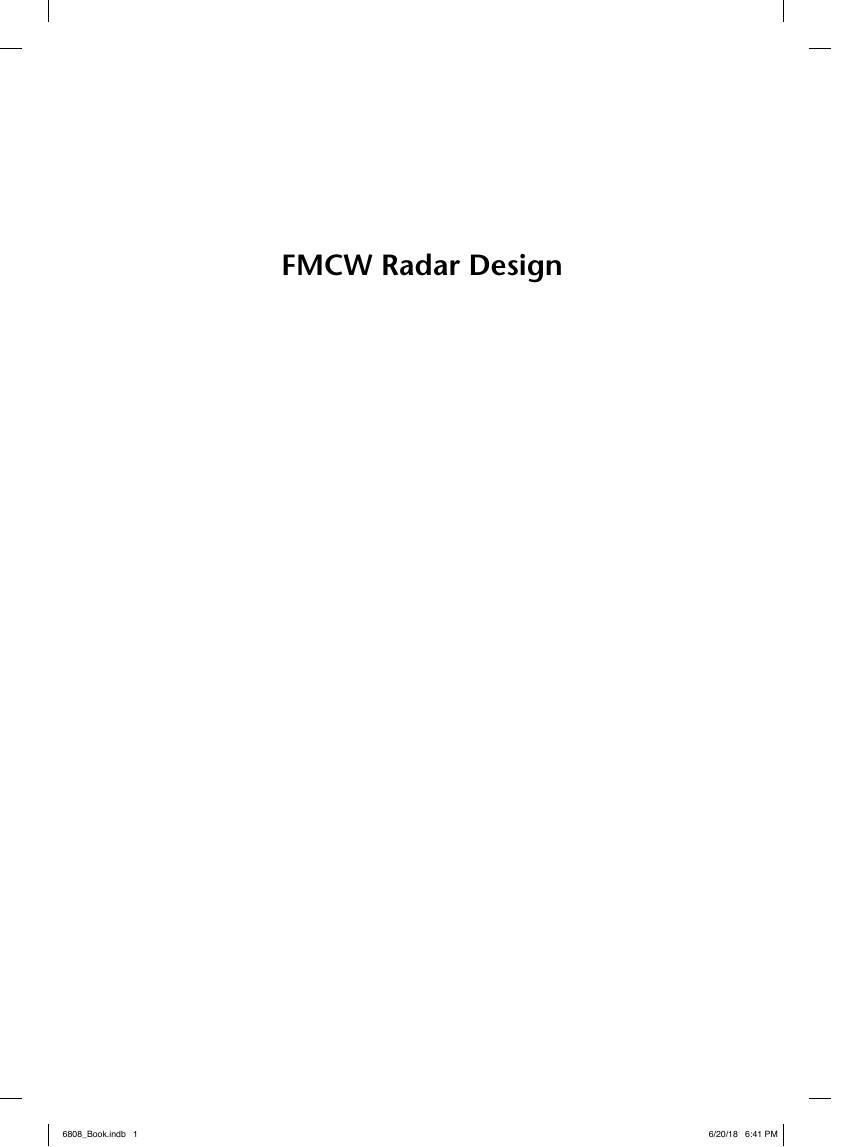

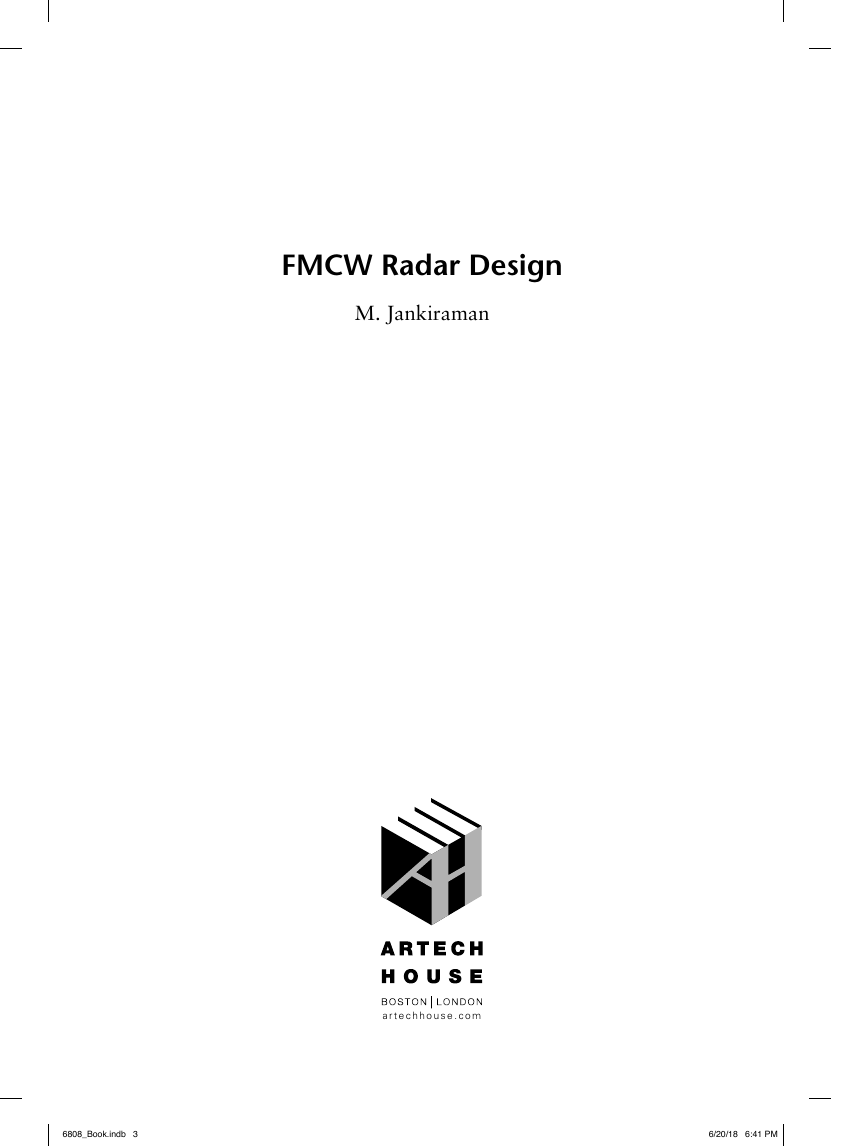
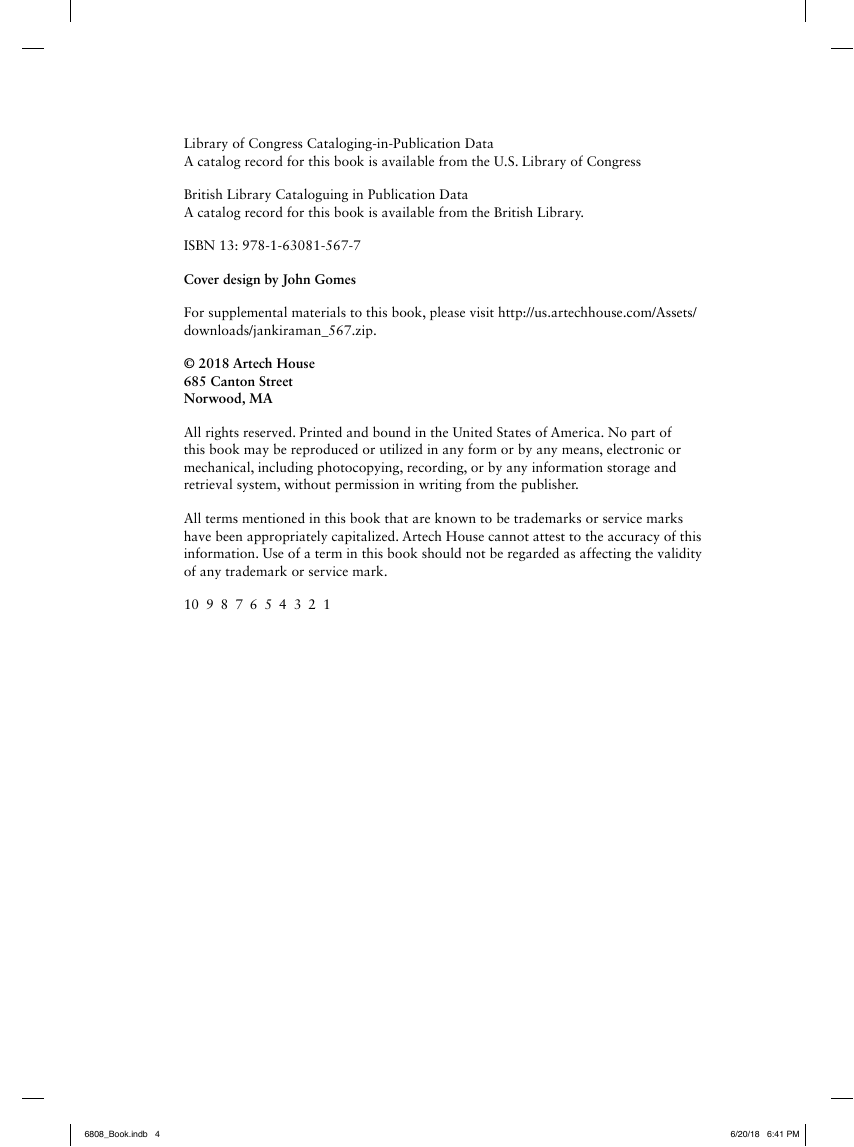
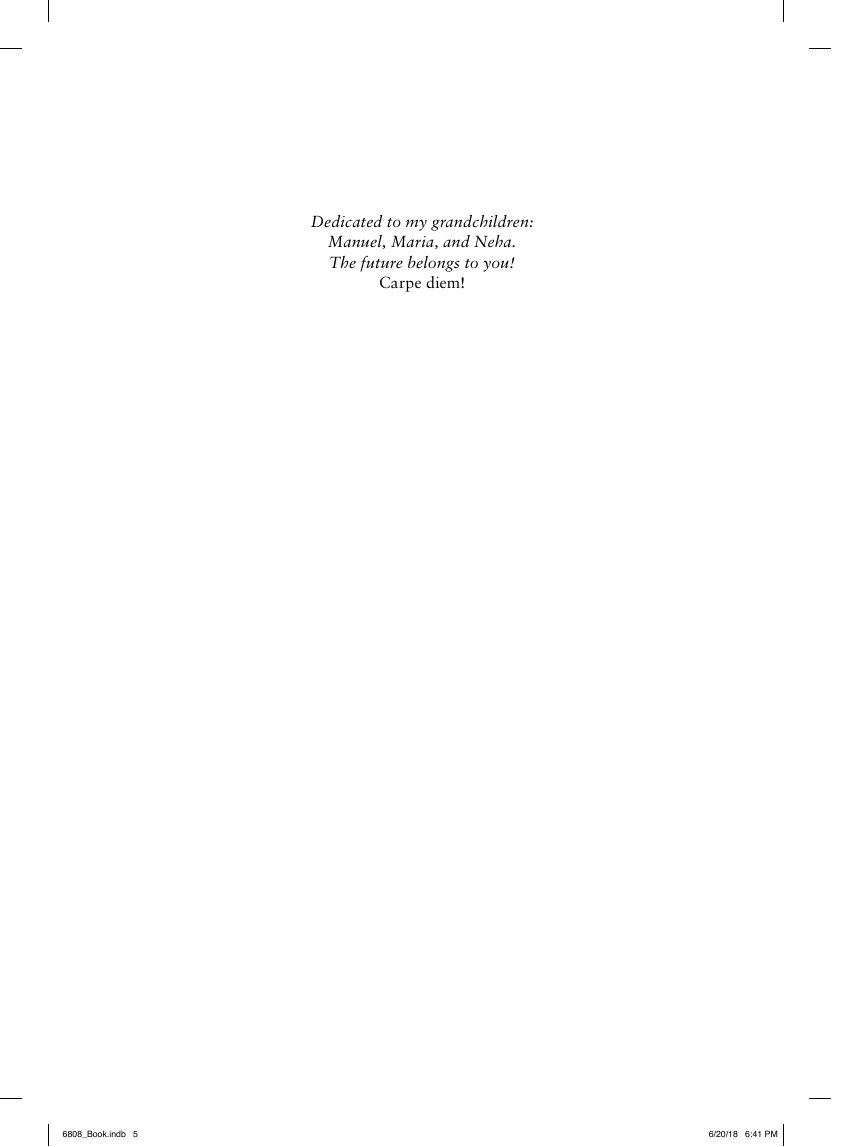

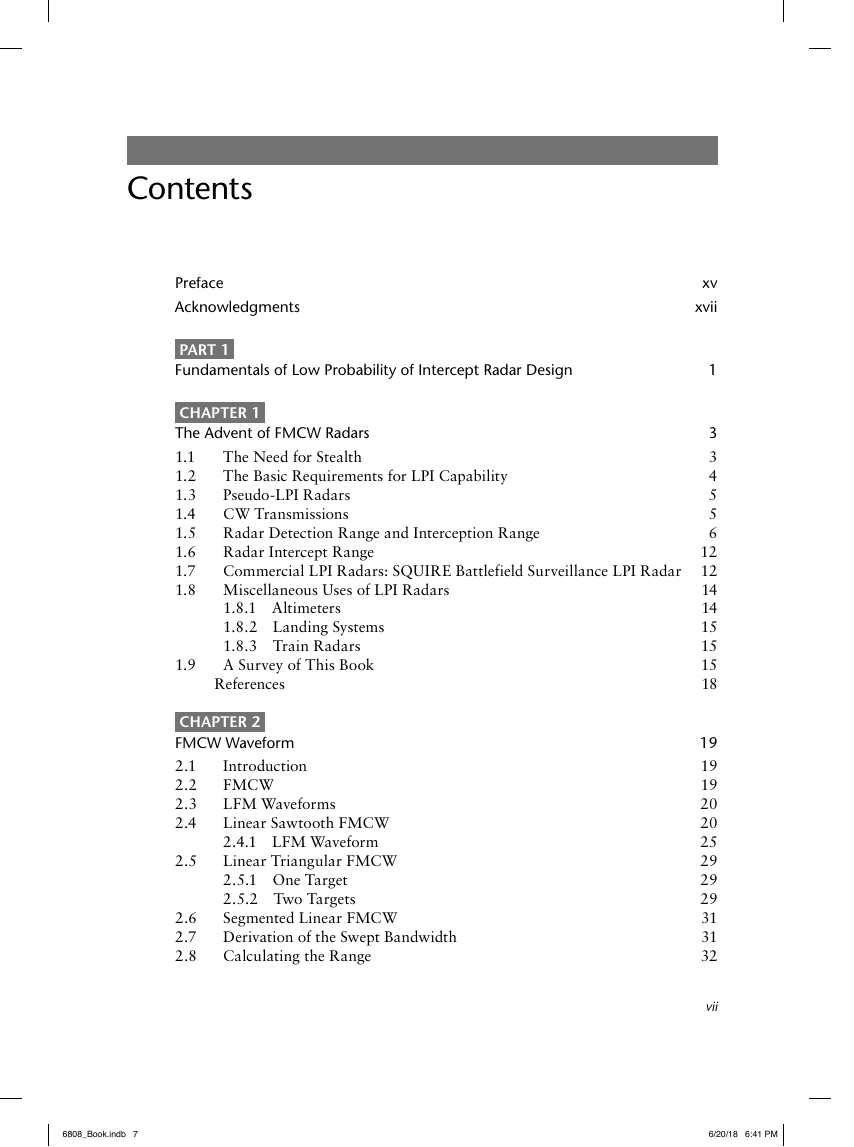








 2023年江西萍乡中考道德与法治真题及答案.doc
2023年江西萍乡中考道德与法治真题及答案.doc 2012年重庆南川中考生物真题及答案.doc
2012年重庆南川中考生物真题及答案.doc 2013年江西师范大学地理学综合及文艺理论基础考研真题.doc
2013年江西师范大学地理学综合及文艺理论基础考研真题.doc 2020年四川甘孜小升初语文真题及答案I卷.doc
2020年四川甘孜小升初语文真题及答案I卷.doc 2020年注册岩土工程师专业基础考试真题及答案.doc
2020年注册岩土工程师专业基础考试真题及答案.doc 2023-2024学年福建省厦门市九年级上学期数学月考试题及答案.doc
2023-2024学年福建省厦门市九年级上学期数学月考试题及答案.doc 2021-2022学年辽宁省沈阳市大东区九年级上学期语文期末试题及答案.doc
2021-2022学年辽宁省沈阳市大东区九年级上学期语文期末试题及答案.doc 2022-2023学年北京东城区初三第一学期物理期末试卷及答案.doc
2022-2023学年北京东城区初三第一学期物理期末试卷及答案.doc 2018上半年江西教师资格初中地理学科知识与教学能力真题及答案.doc
2018上半年江西教师资格初中地理学科知识与教学能力真题及答案.doc 2012年河北国家公务员申论考试真题及答案-省级.doc
2012年河北国家公务员申论考试真题及答案-省级.doc 2020-2021学年江苏省扬州市江都区邵樊片九年级上学期数学第一次质量检测试题及答案.doc
2020-2021学年江苏省扬州市江都区邵樊片九年级上学期数学第一次质量检测试题及答案.doc 2022下半年黑龙江教师资格证中学综合素质真题及答案.doc
2022下半年黑龙江教师资格证中学综合素质真题及答案.doc